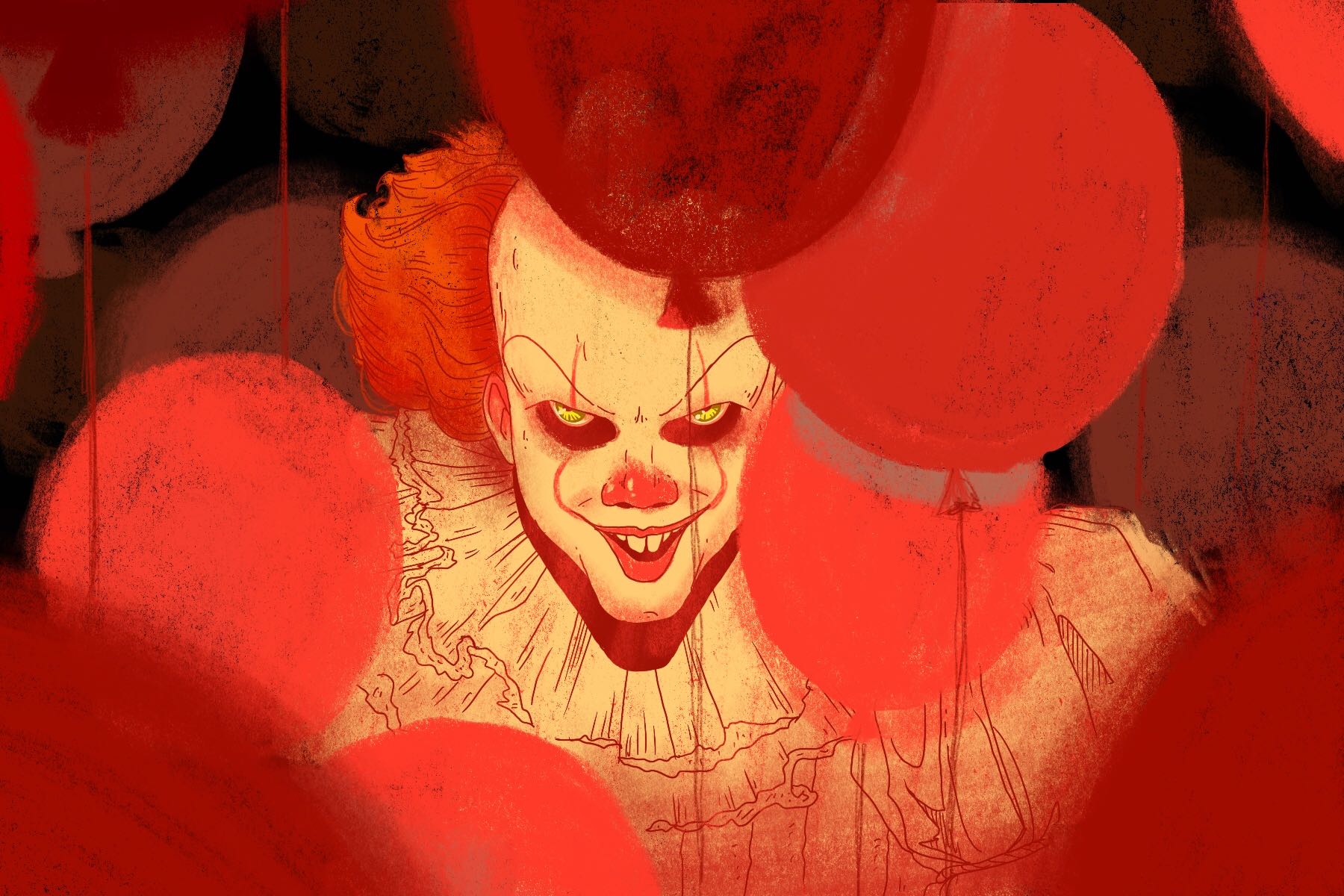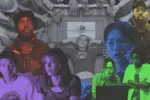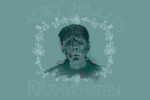With countless well-known and beloved film adaptations of Stephen King’s stories, from “Shawshank Redemption” to “The Shining,” “It Chapter Two” doesn’t disappoint when evoking the same eeriness that’s found in most of his works. While the film may satisfy average fans of King’s film adaptations, those who are obsessed with his actual novels might find that this film leaves a lot to be desired. Especially for fans of the novel “It,” who after now watching three different screen adaptations (the 1990 miniseries featuring Tim Curry and this film’s precursor) must admit that no film will ever do the novel’s immense scope and complex concepts justice.
Besides the almost universal fact that the book is always better than the movie, “It Chapter Two” has enough fright and heart to be a worthy addition to King’s ever-growing lineup of movie adaptations. To those who think the Halloween spooks can’t come any sooner, here are the sequel’s highs and lows.
Great Performances by a Perfectly Selected Cast
Composed of prominent actors such as James McAvoy, Bill Hader and actress Jessica Chastain, the cast’s performances work in tandem in creating a refuge where viewers can go after witnessing Its unnerving acts. Their embodiment of the characters’ personalities and history of shared trauma adds to the film’s sense of camaraderie acting as the ground force that not only results in the demise of It but also drives the entire film forward. The older actor’s expression of the relationships remains true to their child counterparts, offering a realistic depiction of how 27 years can mature a person, but not necessarily erase what they were like as children.
Speaking on the younger versions of the characters, the casting director for “It Chapter Two,” Rich Delia, did not fail in his ability at choosing actors who bore close resemblances to the child actors in the first film. These similarities go beyond physical appearance, as some mannerisms and voices of the older actors are enough to make one wonder if time machines exist.
Apart from the performances of actors playing humans, one can’t forget to include the actor playing the titular character, Bill Skarsgård, whose original portrayal as Pennywise in the first film carries seamlessly over to the second chapter. Skärsgard employing his lopsided eyes and devilish smirk to the “dancing clown” makes the creature as evil and iconic as his predecessor, Curry’s, with his uncanny pauses in movement and speech lingering in viewers’ minds well after the credits roll.
Genuine Emotions
The impactful character moments in “It Chapter Two” are a result of not just the actors’ sincere display of emotions but more so of how the film interweaves childhood flashbacks within the present-day storyline. Transitioning between the child and adult versions of the Losers Club presents a spectrum of emotions from which the audience can sympathize with both the troubles associated with being a kid, and the more serious predicaments facing adults. The dichotomy of different fears or insecurities enables the audience to recall their own adolescent issues where they then can compare and contrast them with their current concerns as adults, making the film as a whole a more engaging experience.
During these flashbacks to when the Losers first defeat It, the film’s pacing slows down to allow the scenes to breathe and for the audience and adult characters alike to reminisce in a moment free from It’s malevolent influence. While these unhurried moments in “It Chapter Two” do contribute to the film’s near three-hour runtime, without them the film wouldn’t have any substance for audiences to grasp any sense of catharsis in an otherwise dreary and negative film.
The Creepy Visuals Certainly Fulfill Their Purpose, But Only for a Short Time
Pennywise’s unsettling visage alone is enough to make some people sleep with the lights on, but there are other forms the shapeshifting entity takes that are more likely to perturb people who aren’t afraid of clowns. Forms such as the Flute Lady and the Leper return, if only for some scenes, accompanied by a couple of new faces that will make viewers glad of their nonexistence.
As distressing as these creatures appear, the more they remain on the screen, the sillier they become. The cartoony quality of CGI is mostly to blame for this, as the audience’s suspension of disbelief falters when they notice the special effects. The fear of the unknown or what you can’t see is where the film best communicates its scares, making use of dimly lit settings to conceal what lurks in the shadows or off-screen.
Levity Acts as a Blessing and a Curse
“It Chapter Two” benefits from its inclusion of comedic elements to balance out the film’s prominent dark tones. When used properly, the humor gives rise to several chuckles and sometimes uncontrollable outbursts of laughter. Hader’s character Richie and James Ransone’s Eddie are the main sources of the film’s lightheartedness, as their banter regarding even the most absurd situations, both as children and adults, are enough to make the audience forget about It.
Where the film goes astray, however, is when it tries to incorporate its playfulness in tense scenes that discontinue having any meaningful weight. With an overabundance of comedy, it becomes clear to the viewer that the creators aren’t taking their work seriously, making any scene that was scary no longer so.
The creators might have added humor into chilling sequences for the exact reason of ending a viewer’s terror, but they already accomplish this with humorous scenes taking place before or after a terrifying one. When the creators combine two contrasting tones, they disrupt the balance between jest and drama and create a mess of opposing feelings.
Despite “It Chapter 2” being an enjoyable enough movie on its own, its appeal is sure to rise when watched alongside the first chapter. Together the duology makes a single entity that will make for a great addition to a Stephen King movie or “It” marathon.
















